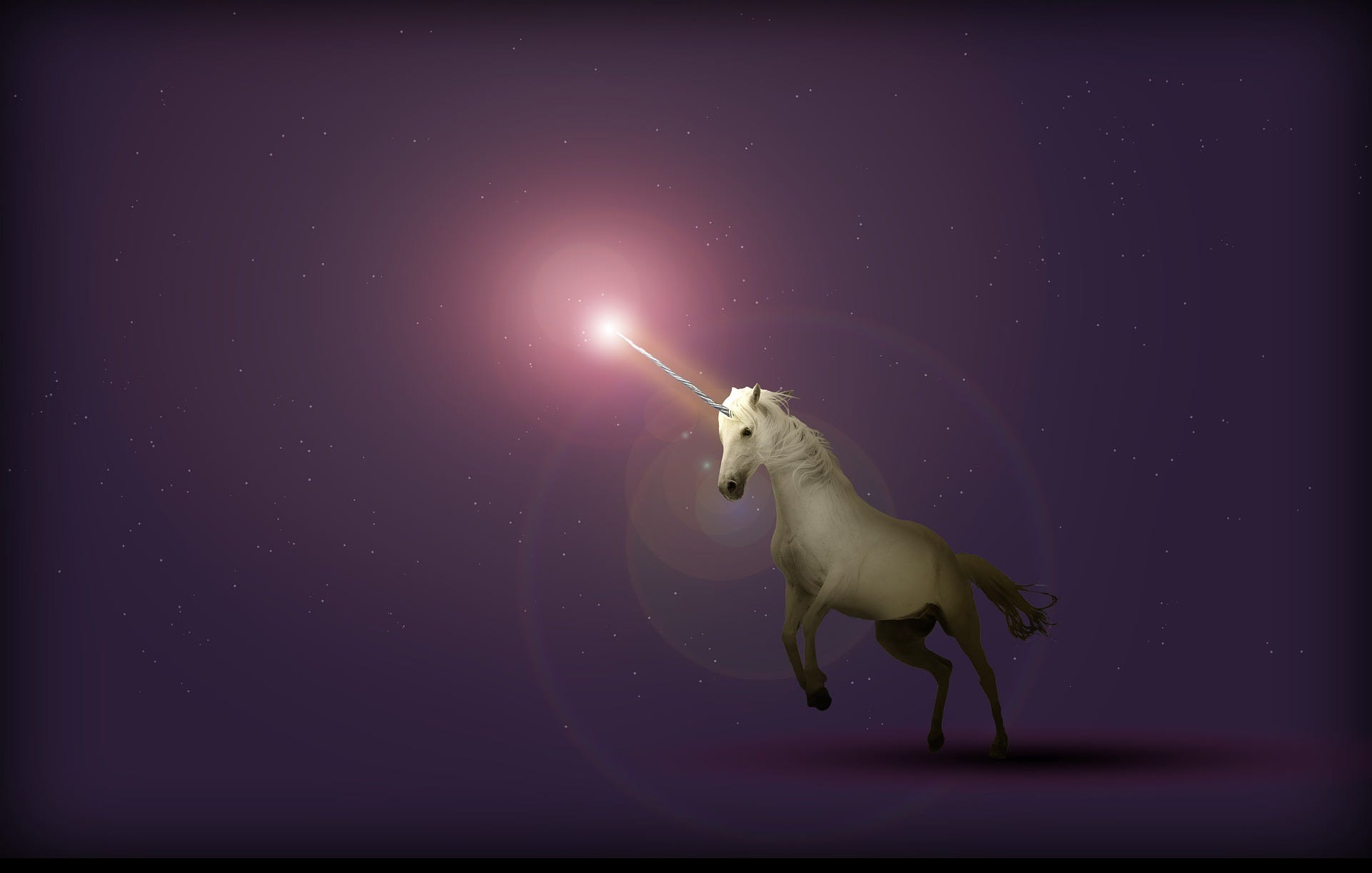

Microeconomics is about the behavior, decisions and choices of individual actors. There are four main parts of microeconomics:
Individual Behavior
Supply and Demand
Theory of the Firm
Competition
There are two main assumptions made in classical economics:
- that we are rational actors and we always optimize our allocation decisions
- Resources are scarce and allocating them in the most efficient manner is critical
Both these assumptions are being challenged with more nuanced thinking.
Individual Behavior
In classical economics we are completely rational like Spock when it comes to our purchasing decisions and budget allocations.
Our behavior is graphically represented by a budget constraint line and our preference curve. We optimize our buying power relative to our preferences where the two meet tangentially at a point on the budget line.
First the budget constraint line graphs the different chioce mixes between two goods. In this case bus tickets and burgers.

Nation states, as well as individuals. need to make these allocation and purchasing decisions between different goods. The decision is sometimes referred to as “guns or butter” when referring to countries and describes the decision to spend on military or domestic programs. This is what investopedia says:
Guns versus butter is the classic example of the production possibility frontier. It models the relationship between a nation’s investment in defense and civilian goods. In this model, a nation has to choose between two options when spending its finite resources.
This next graph shows three points. A is beyond our budget line so it is out of our realm of possibilities. We can’t purchase that amount of both goods. C is below our budget line so it is not the most efficient use of our resources. B is on the line, and just like Goldilocks, it is just right. Any point on the line is best depending on our preferences for the two goods.

Here is the budget line with a preference curve sitting on it. Preference curves are downward sloping and convex due to diminishing returns. Diminishing returns means that for each item we consume our marginal utility for that item decreases relative to the next one we will consume. For example the first piece of pizza tastes great and we devour it but by the eighth slice we have lost our enthusiasm for the ninth slice.
For that preference curve the point where it touches the budget line is the optimal use of our purchasing power. This is how classical economics models individual behavior and calculates the optimal quantity purchased relative to an individual’s preferences.

Alfred Marshall came up with this idea in the 1890s. It is brilliant and compelling. The math and graphical representations of capitalism that Alfred Marshall initiated has had a huge impact on the prestige of capitalism as scientifically sound. Communist economics never achieved such mathematical rigor and that has undermined its theoretical stature.
This assumption of rationality and optimization in purchasing decisions makes the math clean. And that is what abstractions are meant to do in science. They tidy up the messy reality.
Art is a lie that tells the truth.
Pablo Picasso
It reminds me of the story of the physicist who is trying to help a dairy farmer maximize milk production. He studies the situation and begins his analysis to the farmer: “assume a spherical cow…” It ends up abstracting away too much of the real information.
The economic assumption of pure rationality is also not true, as the stuff collecting dust in my closet and garage can attest. We all make many impulsive purchases that are not optimal. Our consumer economy depends on it.
But just because the theory isn’t true doesn’t make it not useful. But we can’t rely on it uncritically.

Behavioral economics takes psychology and our cognitive biases into account to create a more nuanced picture of our habits and patterns. Behavioral economics seeks to uncover the limits of our rational economic behavior. They call it “bounded rationality”. Check out my post on the subject for more details.
Supply and Demand
Economics attempts to shed light on the magic of of market coordination. Adam Smith first described it as the invisible hand: that there is no authority allocating goods and services other than market prices that buyers and sellers agree upon.
Here is Mr Smith writing in 1776:
They are led by an invisible hand to make nearly the same distribution of the necessaries of life, which would have been made, had the earth been divided into equal portions among … It is not from the benevolence of the butcher, the brewer, or the baker, that we expect our dinner, but from their regard to their own interest.
The market mechanism at work in deciding prices is Supply and Demand. This post goes into a bit more detail on the subject.
Elasticity of Demand
Elasticity of Demand measures how much we are willing to pay for something before we decide not purchase or make a substitution. This knowledge is important to sellers that want to maximize their sales revenue.
Elasticity of Demand measures the slope of the demand curve and helps locate the point where total revenue is maximized. Total Revenue is price times quantity. Here is a post that goes into more detail on elasticity of demand.
Receive my 7 day email course
Take your finance skills to the next level with my 7-day corporate finance email course. You'll learn all the essential topics from financial analysis to risk management in a fun, engaging format. Each day, you'll receive an email with practical examples, exercises and resources. Perfect for aspiring finance pros or anyone looking to expand their knowledge. Get ready to transform your finance game!
If you like this article. Here are some more articles I think you might like.

The Road to Becoming a Unicorn: A Quick Guide to Startup Funding Rounds

Oh Behave! Behavioral Economics: Why we do what we do.




